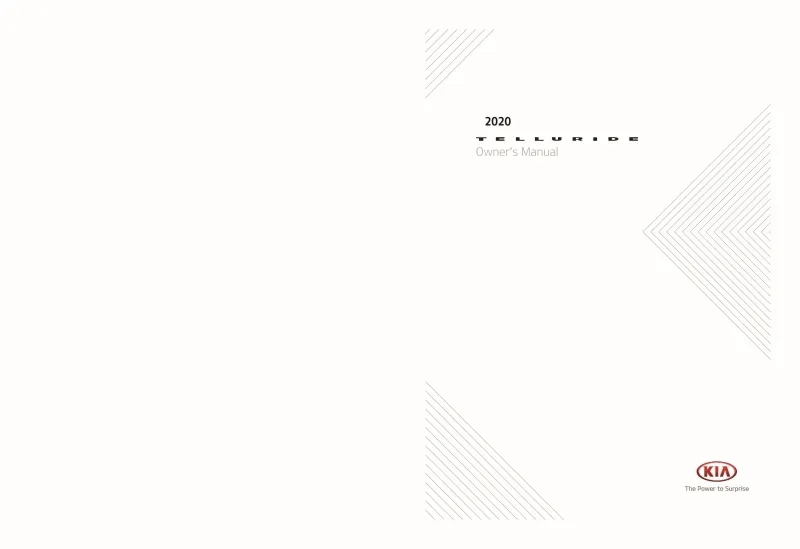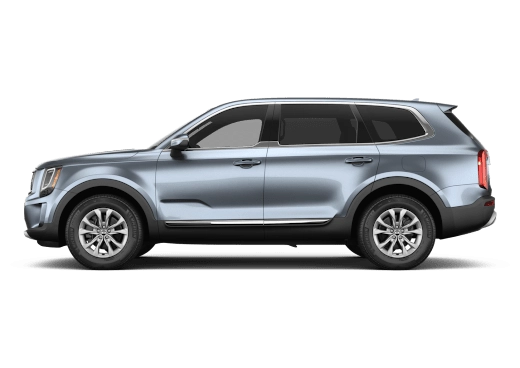2020 Kia Telluride Owner's Manual

Table of Contents
2020 Kia Telluride Overview
Introduction
The 2020 Kia Telluride marks the brand's bold entry into the competitive mid-size SUV segment, blending modern design with versatility and technology. With seating for up to eight passengers and a spacious interior, the Telluride is engineered for family fun and weekend adventures alike. Its rugged exterior, characterized by a commanding front grille and distinctive LED headlights, sets it apart in the crowd while embodying the adventurous spirit Kia embraces.
Powertrains
Under the hood, the 2020 Telluride is powered by a robust 3.8-liter V6 engine that churns out 291 horsepower and 262 lb-ft of torque. The powertrain is seamlessly paired with an eight-speed automatic transmission, providing smooth shifts and responsive performance. Available in both front-wheel drive and all-wheel drive configurations, the Telluride is designed to tackle diverse driving conditions, ensuring confidence on and off the road.
Trims
The Telluride is offered in four dynamic trims: LX, S, EX, and SX, each equipped with distinctive features that elevate the driving experience. The base LX model includes advanced safety technologies, a touchscreen infotainment system, and spacious cargo capacity. Higher trims, like the SX, further enhance luxury with features like leather upholstery, a panoramic sunroof, and premium audio systems, ensuring a refined ride for families or those wanting comfort and style.
Features
Incorporating cutting-edge technology, the Telluride offers an array of standard and available features such as Apple CarPlay, Android Auto, a navigation system, and advanced driver-assistance systems. Its spacious cabin is designed with versatility in mind, allowing easy reconfiguration for cargo, and the multiple USB ports ensure connectivity for all passengers. The 2020 Telluride truly stands out as a family-focused SUV packed with premium amenities.
Owner's Manual
For new owners, the 2020 Kia Telluride's owner's manual serves as an essential guide, providing comprehensive information on vehicle features, maintenance schedules, and troubleshooting tips. It outlines the vehicle's technology, safety features, and warranty details, ensuring that owners can maximize their driving experience while keeping the SUV in top condition. The manual is conveniently available in both print and digital formats for easy access.
User manual download
The Kia Telluride owner manual for the 2020 model year is to be found in PDF downloadable format on this page. The owner manual for the model year 2020 is free and in English, but the repair manuals are usually not easy to get and may cost more.
Manual Questions
Fill the form below and someone will help you!

